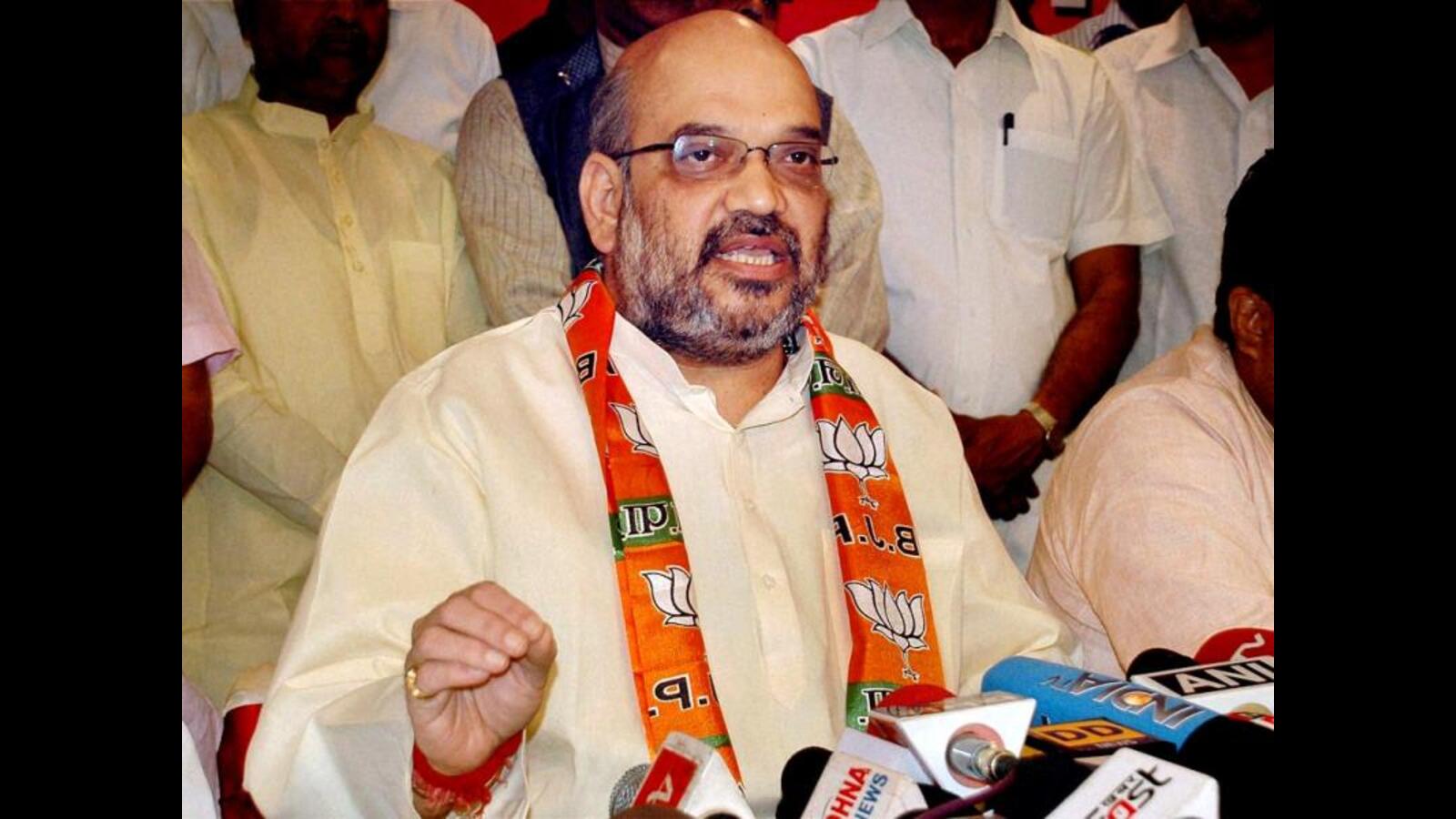
History, Southside | Empires of sound and linguistic politics
Hindustan TimesSouthern India today is a land where language is imbued with profound meaning. Interestingly, while modern South Indian politics sees a sharp distinction between “native” Tamil and “foreign” Sanskrit, it seems that the distinction was not as clear in medieval Tamil Nadu — especially when we think about the evolution of religion alongside politics and language. See him who is Sanskrit of the North and southern Tamil and the four Vedas!” Creating regional worlds Ironically, it would be in the Deccan — where Sanskrit court culture had been adopted with such enthusiasm — that India’s first decisive turn away from cosmopolitan Sanskrit would take place. Indeed, medieval South Indians’ interest in producing elite literature in their own language, based on advanced linguistic and aesthetic ideas, was unparalleled in the subcontinent’s history. The first was the fusion of Hindavi, the language of Delhi, with regional Marathi, Telugu and Kannada to create Dakhni — Urdu’s older South Indian sibling, that would go on to sparkle in Deccan Sultanate courts till the 17th century.
Discover Related








)



































